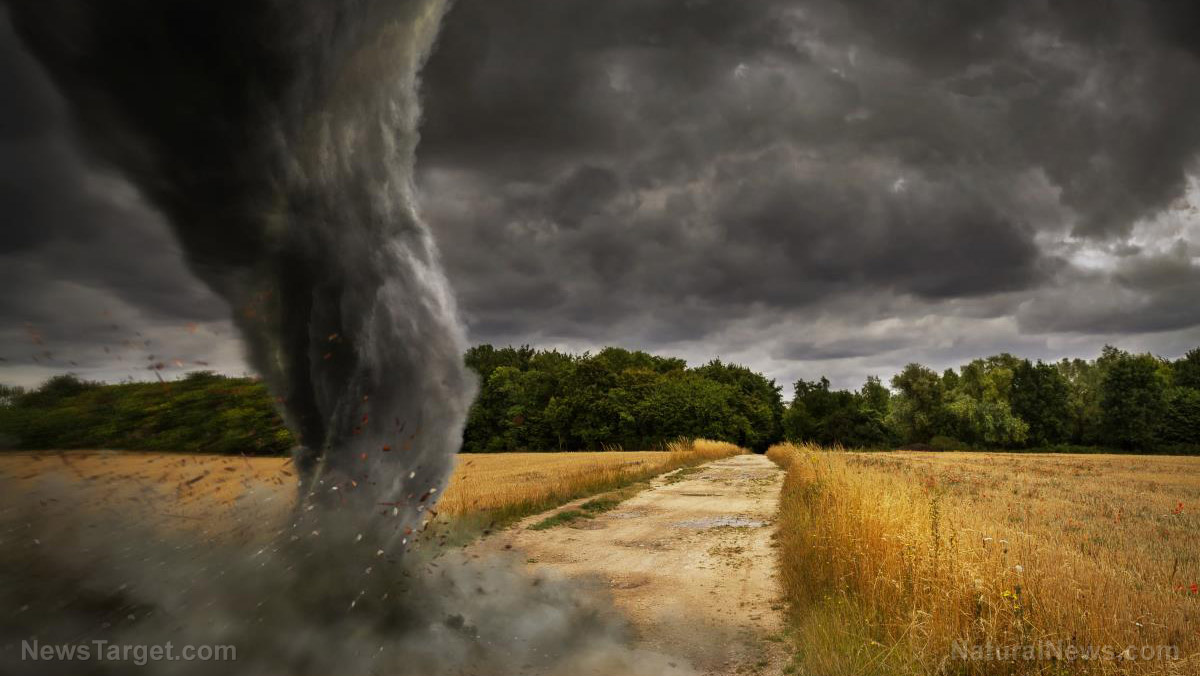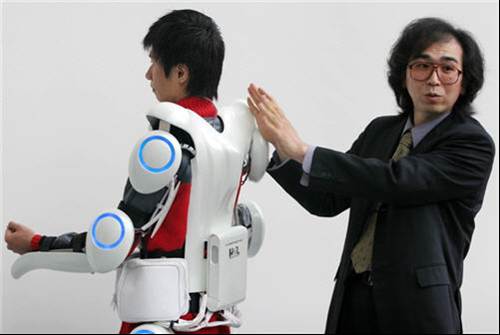Factoring in turbulence leads to breakthrough in tornado forecasting, translating to increased warning times
08/24/2018 / By Zoey Sky

Disaster preparedness is important no matter which state you live in. Two researchers from Western University have revealed that they devised a method that can give warnings at least 20 minutes before a tornado hits.
Even a warning given several seconds before a storm hits can spell the difference between safety and total catastrophe. Anna Hocking, a Western alumna and Ph.D., along with Professor Wayne Hocking, the leader of the Atmospheric Dynamics Group based at Western’s Department of Physics and Astronomy in the Faculty of Science, explained that their radar-based calculations can forecast a tornado. The forecasts are at least 90 percent accurate from within a 100-kilometer radius. (Related: Here’s why you should keep your shelter preparations up-to-date and bugout bag close.)
Anna Hocking says that meteorologists often monitor specific signatures like wind speeds and an overshoot, or “a dome-like knob that forms atop a thundercloud.” She adds that they both succeeded in incorporating a third factor, turbulence, for the first time.
The two scientists made use of a one-of-a-kind Ontario-Quebec network of purpose-built radars used to measure wind and turbulence via the upper atmosphere, troposphere, and lower stratosphere. Called the O-QNet, the network is comprised of 10 radar arrays, with one located just north of London.
Wayne Hocking, who is also a Fellow of the Royal Society of Canada, adds that since O-QNet is incredibly extensive, they made use of its design which is perfect for measuring turbulence as well as winds. The network helped both researchers to determine patterns and predictors that haven’t been evident before.
The method was developed after the Hockings gathered and studied 16 years of tornado data. The information included reports to Environment Canada from citizen observers. The researchers then compared this data with both real-time and archived data gathered from radar arrays.
The pair shared that from the 31 documented tornadoes, certain profiles of cloud overshoot into the stratosphere, wind velocity, and turbulence were uniquely present 90 percent of the time. The three signature features were all present at least 10 to 20 minutes before the tornado formed.
Wayne Hocking comments that there is only a less than a 15 percent chance of false detection, which is a vast improvement compared to current predictions. Earlier warnings that encompass huge regions, sometimes include false alarms.
Meteorologists have longed for “accurate, timely and geographically precise tornado warnings,” but “proprietary technologies and differing methodologies among forecasters” are some of the obstacles that they must face before they can fully understand weather patterns.
Wayne Hocking concluded, “There’s still a lot to be done and we’re not going to say this is going to solve the whole forecasting problem – but this is a large step in the right direction.” He continued, “The data suggests we now have a more reliable tool for forecasting than has been possible before this.”
Tornado safety tips
If you’re indoors when a tornado hits, follow the tips below to stay safe:
- Keep a portable radio in hand to check for weather alerts and updates.
- Seek shelter in the lowest level of your home (e.g., a basement or storm cellar). If you don’t have a basement, stay in an inner hallway, a smaller inner room, or a closet.
- Stay away from all windows and glass doorways.
- A mattress can be used as a cushion, but don’t cover yourself with one. Use a blanket or jacket to protect your head and eyes from flying debris and broken glass.
- Leash your pets or keep them in a crate or carrier.
- Do go outside unless you’re sure that the storm has passed. Multiple tornadoes can emerge from the same storm.
- Do not leave your house to “escape” a tornado.
You can read more articles about how to use technology wisely at FutureScienceNews.com.
Sources include:
Tagged Under: environment, future science, meteorologists, natural disasters, science and technology, technology, tornadoes, turbulence, weather, weather forecasting, weather prediction




















